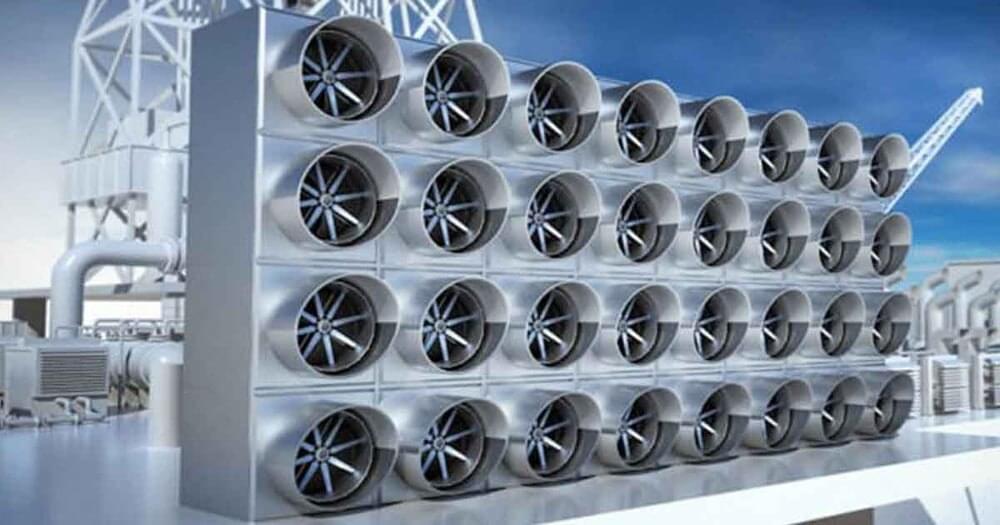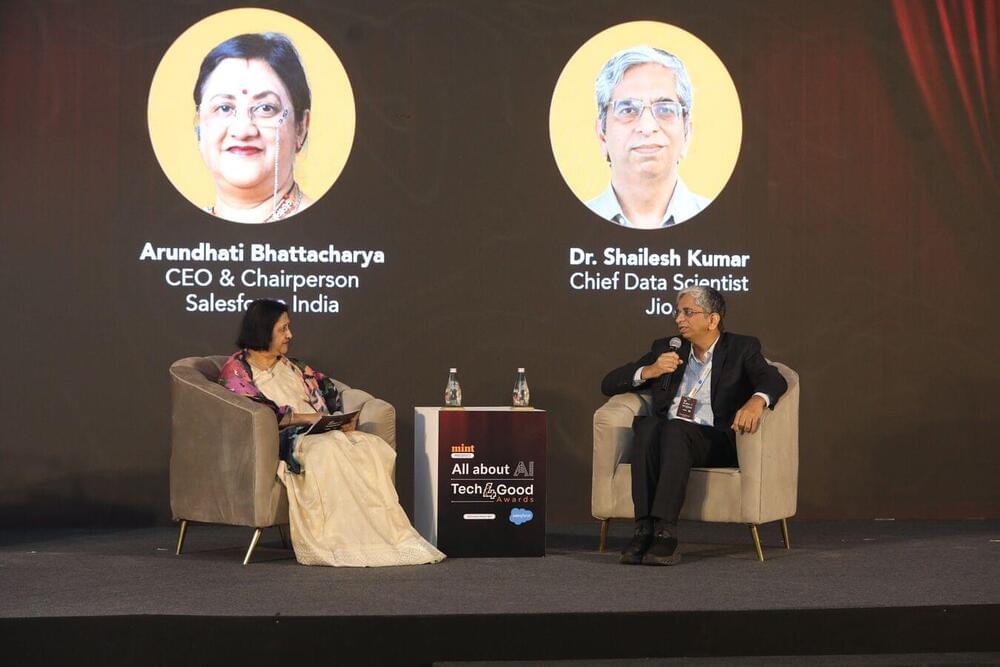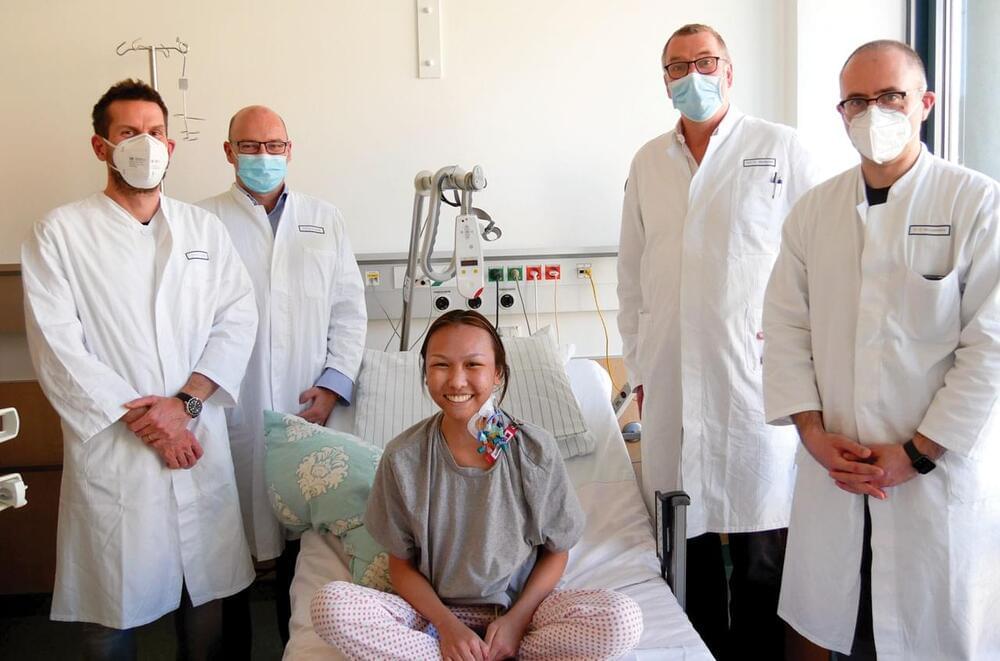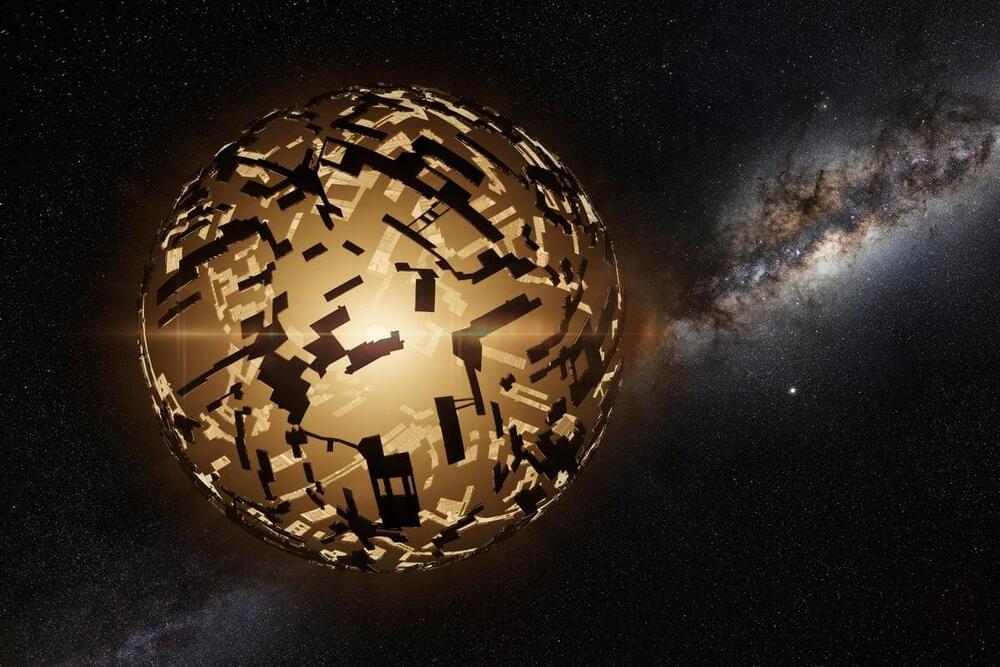The AI race is heating up! In this video, we delve into the competition between Nvidia’s Llama-3.1 and OpenAI’s GPT-4. Discover how these two AI giants are revolutionizing the field of large language models (LLMs) and reshaping AI performance benchmarks. From Nvidia’s groundbreaking Llama-3.1 Nemotron to GPT-4’s advanced video generation capabilities, we analyze their strengths, use cases, and potential to lead the AI revolution.
Topics covered:
Nvidia Llama-3.1 vs. OpenAI GPT-4: Performance benchmarks.
How to use Nvidia Llama-3.1 Nemotron-70B
AI in video generation: OpenAI’s GPT-4 and Nvidia AI animation.
Nvidia AI benchmarks, GPUs, and requirements.
OpenAI vs. Nvidia: Who’s winning the AI race?
Llama GPU requirements and running Llama without a GPU
Stay tuned to learn which of these tech titans might dominate the future of AI innovation!
Queries:
the AI race.
the race AI cover.
the first AI race.
to dominate the AI race.
who is winning the AI race.
who will win the AI race.
off to the races AI cover.
nvidia llama 3.1
nvidia llama 3.1 nemotron.
nvidia llama 3.1 nemotron 70
how to use nvidia llama 3.1
openai’s gpt-4
nvidia AI nemo.
nvidia AI animation.
nvidia AI benchmarks.
gpt4all vs llama.
openai gpt 4
gpt-4 video generation.
openai h100
openai nvidia.
openai’s gpt-3.5
gpt 4 vs llama.
openai 4
openai gpu.
gpt 3 or 4
4 gpt ai.
openai nvidia gpu.
nvidia AI performance.
nvidia llm.
llm nvidia.
how to use nvidia.
llama-3.1-nemotron-70b-instruct.
nvidia llama.
llama gpu.
nvidia llama 3.1 api.
nvidia AI llama 3.1
llama nvidia.
llama without gpu.
llama requirements gpu.
openai nvidia.
nvidia gpt.
openai nvidia gpu.
openai’s gpt-4
openai’s gpt-4
gpt4 vs llama.
gpt-4 vs llama.
4 gpt ai.
Nvidia AI Nemotron.
OpenAI GPT-4 applications.
GPT-4 vs Llama-3.1 detailed review.
Nvidia AI advancements 2024
OpenAI’s GPT-3.5 vs GPT-4 comparison.
Future of LLMs: Nvidia vs OpenAI
AI tools for video generation.
Nvidia AI GPUs and requirements.
Who will win the AI race? Nvidia vs OpenAI
Nvidia Llama-3.1 vs GPT-4 comparison.
OpenAI GPT-4 vs Nvidia Llama performance.
Nvidia Llama-3.1 Nemotron-70B explained.
How to use Nvidia Llama-3.1 AI model.
AI race 2024: Nvidia vs OpenAI showdown.
GPT-4 video generation vs Nvidia AI animation.
Nvidia AI benchmarks and performance in 2024
Llama GPU requirements: Can you run it without a GPU?
What is Nvidia Llama-3.1 Nemotron?
Nvidia Llama-3.1 Nemotron-70B vs GPT-4: Which is better?
AI race: Who will dominate, Nvidia or OpenAI?
How to use Nvidia Llama-3.1 API for AI projects.
GPT-4 video generation: Is OpenAI leading the AI race?
Nvidia AI vs OpenAI: Benchmarks and features compared.
Llama-3.1 vs GPT-4: Pros, cons, and use cases.
Nvidia AI animation and OpenAI video generation tools.
Best GPU for running Nvidia Llama models.
OpenAI H100 and Nvidia Llama: A performance comparison.
Nvidia AI performance benchmarks: 2024 updates.
@airevolutionx.
@AI.Uncovered.
@ChatGPT-AI
@NVIDIA
@TheAiGrid.
@NVIDIAGeForce.
@NVIDIADeveloper.
@OpenAI2025
@Sora. Openai_World.
@NDTV






